Rosemary is a hardy evergreen shrub that is a staple in any herb garden. Perennial in Zones 7 – 10 (and borderline Zone 6), Rosemary is one of the most aromatic and pungent of all of the woody herbs. The leaves have a lemony flavor that pairs well with lamb, garlic and olive oil. The flowers can be blue, pink, purple or white.
Starting Rosemary from Seed
Rosemary can be difficult to grow from seed and often does not grow true to their parent plant. Taking cuttings is recommended as opposed to seed sowing, but here's the information in case you prefer to try.
Seed Longevity: 1 year.
Seed Sowing Depth: Just cover. Needs some light to germinate.
Best Soil Temp for Germination: 70 degrees. Heat mat will help.
Days to Germination: 14-21+ days.
Spring Sowing
Sow indoors 10-12 weeks before the last frost date to plant out after the last frost date.
Don't transplant seedlings until they're well established.
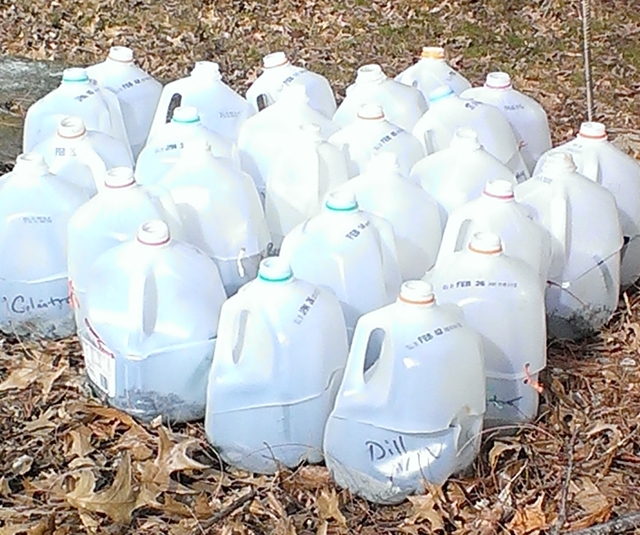
Winter Sowing
If you haven't tried winter sowing, you're in for a treat. This method is especially good for sowing herbs. Winter sowing is basically sowing seeds in the bottom of milk jugs in the winter, setting the milk jugs outside for the winter and leaving them there until the seeds germinate in the Spring.
For our article containing detailed information about Winter Sowing, click here.
Growing Rosemary
Plant Size: Height 1-8’ Width 2-4’.
Spacing: Up to 3'.
Container Size: 12” Deep 12” Wide.
Soil: Sandy, well-drained.
Light/Sun: Full sun, 6 to 8 hours of sunlight.
Fertilizer: 5-10-5 in Spring.
Other Care Tips
Watering:
It needs excellent drainage. Relatively drought tolerant. Let the soil dry out between waterings.
Will grow back after extensive pruning.
Dividing Rosemary
Rosemary is a small woody shrub that should not be divided. However, since Rosemary has rooted layers, the layers (branches that have developed roots while touching the soil) can be cut off the parent plant, dug up and replanted as though they were a division.
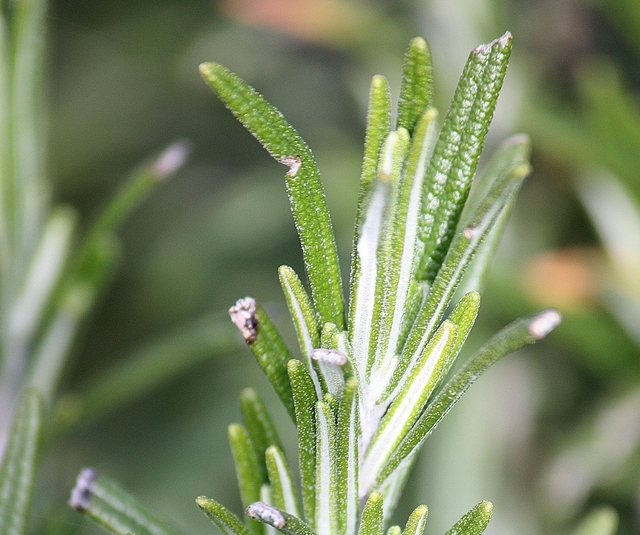
Rosemary Cuttings
Take a 4” cutting from the tip of the stem. Remove leaves 1” from the base. Put cutting in peat moss and vermiculite medium. The cutting will root in 3-4 weeks. Transfer to a 4” pot to let the root ball form, then transfer into larger pot or garden.
Harvesting Rosemary
Snip off sprigs of Rosemary all summer and into the fall and winter as needed. It is possible to bring small plants inside.
Harvesting Rosemary Seed
The seed pods are very small. Let them dry out on the plant, then remove them by pinching them off with your fingers. Dry pods thoroughly in a paper bag for two weeks. After they’re dry, rub pods to release the seeds. Store in an airtight container.
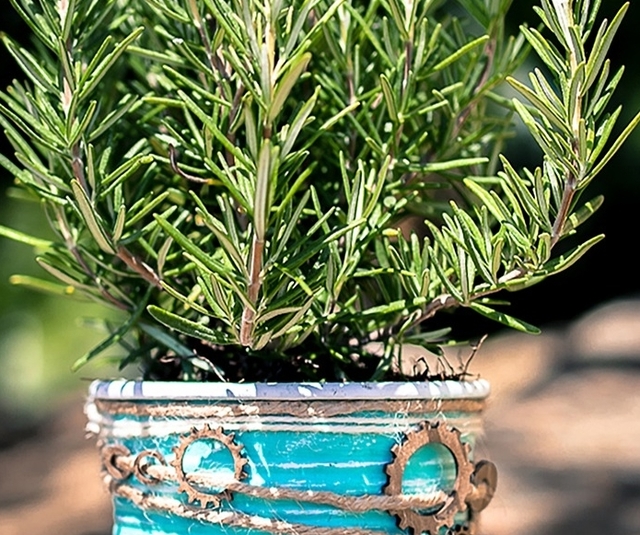
Storing Rosemary
Fresh
Damp Paper Towel
This method works well for hardy herbs that have woody stems as well as a few soft-stemmed herbs.
Clean and thoroughly dry the Rosemary. Arrange lengthwise in a single layer on a slightly damp paper towel. Loosely roll up the herb and transfer to a plastic bag or plastic wrap. Label and store in the fridge. Rosemary will stay fresh in the fridge using this method for up to 3 weeks.
Try Audible and Get Two Free Audiobooks
Try Audible and Get Two Free Audiobooks
Freezing
For best results, use frozen Rosemary within 1-2 years.
By freezing herbs, you will lose some of the herb's texture but preserve the flavor.
Here are some freezing methods to consider:
Tray Freeze
Spread the Rosemary onto a cookie sheet on a single layer. Freeze in the freezer, then transfer the Rosemary into a labeled freezer bag to store. Since the leaves are frozen separately, you can easily remove the amount you need.
Ice Cube Trays with Oil
This method works well for hard-stemmed herbs that would probably be cooked when adding to a dish. The oil reduces some of the browning and freezer burn.
Clean and thoroughly dry the Rosemary. Mince and firmly pack herbs into an ice cube tray 3/4 full. Add Olive Oil to fill and freeze. Transfer frozen cubes into labeled freezer bags to store.
Flat Freezer Bag
Trim off the stems and place them in a labeled freezer bag. Squeeze out the air, flatten the freezer bag, label and store.
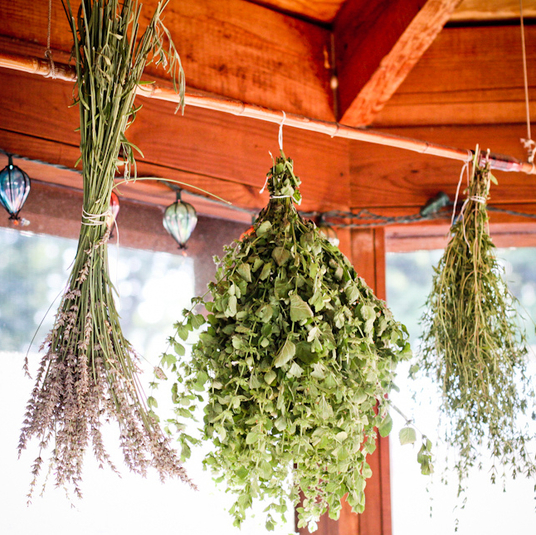
Drying Rosemary
Rosemary is one of the best herbs to dry. For best results, use dried Rosemary within 1-2 years.
Hang to Dry
Pick your Rosemary in bunches right before you intend to store them. Tie the bottom of the bunch together with twine and hang upside down to dry in a dry, low humidity area. For added protection against dust, you can put the bundles inside paper bags with plenty of holes for ventilation. When the herbs are dry, the leaves will crumble easily between your fingers. Store in an airtight container.
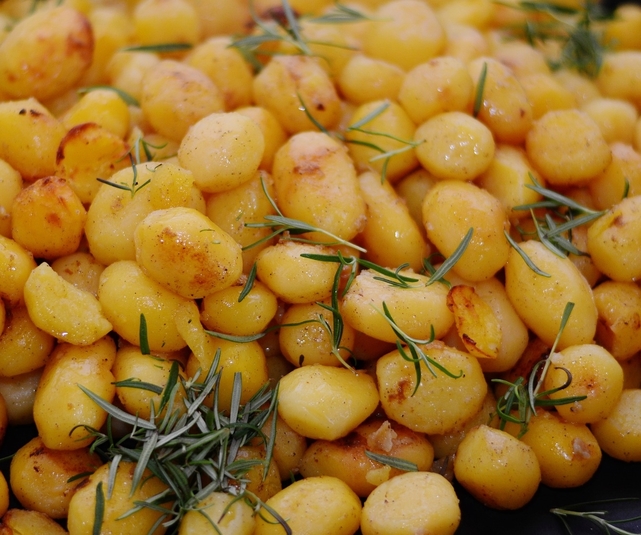
Using Rosemary
- Great when used with pork, chicken, and potatoes.
- Rosemary’s spiky leaves can be used fresh or dried for long cooking in soups, meats, stews, and sauces.
- Because the flavor is so strong, it’s best to add Rosemary sparingly at first adding more if needed.
~~~~~~~~~~~~~~~~~~~~~~~~~~~~~~~~~~~~~~~~~~~~~~~~~~~~~~~~~~~~~~~~~~~~~~
Growing your own herbs is fun, easy, more healthy than the herbs shipped to grocery stores, and what's best, saves you tons of money! Try it today.
~~~~~~~~~~~~~~~~~~~~~~~~~~~~~~~~~~~~~~~~~~~~~~~~







Comments
Post a Comment